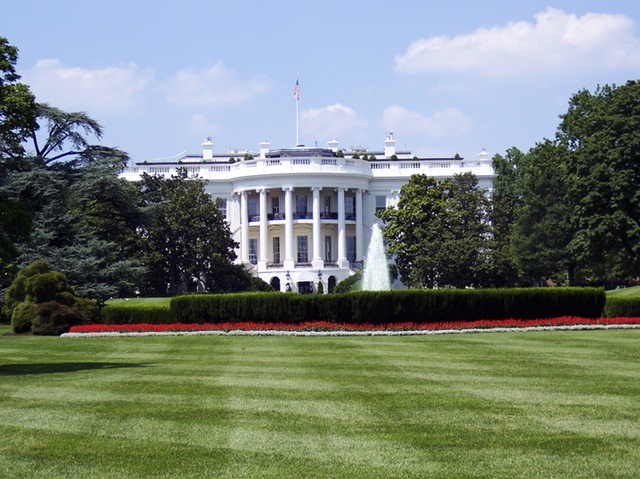
What labor market issues did candidates discuss in the US election? The answer is simple: None! This doesn’t mean that there are no important changes going on in the US labor market, or no recent changes in policies that affect labor. It’s just that nobody is discussing them. They should, and in particular ought to be focusing on at least four things.
Creating an annual federal government deficit of over $1 trillion (5% of GDP) for the new fiscal year through massive tax cuts at a time of full employment (3.7% today) was fiscal insanity. Already it has caused interest rates to rise some; and they’ll rise a lot more over the next 18 months. This will make it harder for businesses to borrow, and harder for workers to obtain home mortgages and auto loans.
Trump’s incipient trade war will affect workers’ well-being. A few workers might benefit from having their jobs “protected” by tariffs. Most won’t; and, as buyers, all workers will face the higher prices that will be imposed by US manufacturers who feel more insulated from foreign competition. These will raise the prices of inputs into US-produced goods, leading to further increases in the prices that consumers must pay as things become costlier to produce.
Income inequality in 2017 continued its nearly inexorable upward march from 1970, with inequality, as measured by the Gini coefficient, reaching its postwar peak. The income tax cuts of 2017, favoring as they did higher-income households, will exacerbate the social and economic impacts of the growing inequality in before-tax incomes.
The most striking labor market development in the last 15 years is the decline in labor force participation—the fraction of adults seeking work or working—as measured in an average week. This reached a peak of 67.1% in 1999, fell through the Great Recession and kept falling, today at 62.8%—over halfway back to where it was in the 1950s. This decline has occurred even accounting for the changing age structure of the population. There’s nothing wrong with this drop—if people are cutting back on work time, that’s their choice; and given the long American work-year compared to other wealthy countries, the drop is desirable. What’s disturbing, though, is that the percentage of adults who do any work or any job-seeking at all in the calendar year has fallen even faster—from 71.3% in 1999 to 64.3% in 2017. A growing fraction of the US adult population is completely unattached to the labor market.
The country, while benefiting from the much-talked-about three or four years of full employment, is suffering from several trends that imply increasing economic and social disorganization—an increasingly fractured society. These problems may lie behind voter disgruntlement with the status quo, an unhappiness that is surprising given current macroeconomic outcomes—very low unemployment and moderate inflation; but political candidates did not talk about them at all. Or maybe voters are disgruntled because they are foresighted enough to realize that the near-future instability caused by Trump’s trade war and the huge federal deficit will be generating higher interest rates, higher inflation, and eventually higher unemployment.
© Daniel S. Hamermesh
Also read Daniel S. Hamermesh’s guide to “The labor market in the US, 2000–2018.”
Please note:
We recognize that IZA World of Labor articles may prompt discussion and possibly controversy. Opinion pieces, such as the one above, capture ideas and debates concisely, and anchor them with real-world examples. Opinions stated here do not necessarily reflect those of the IZA.